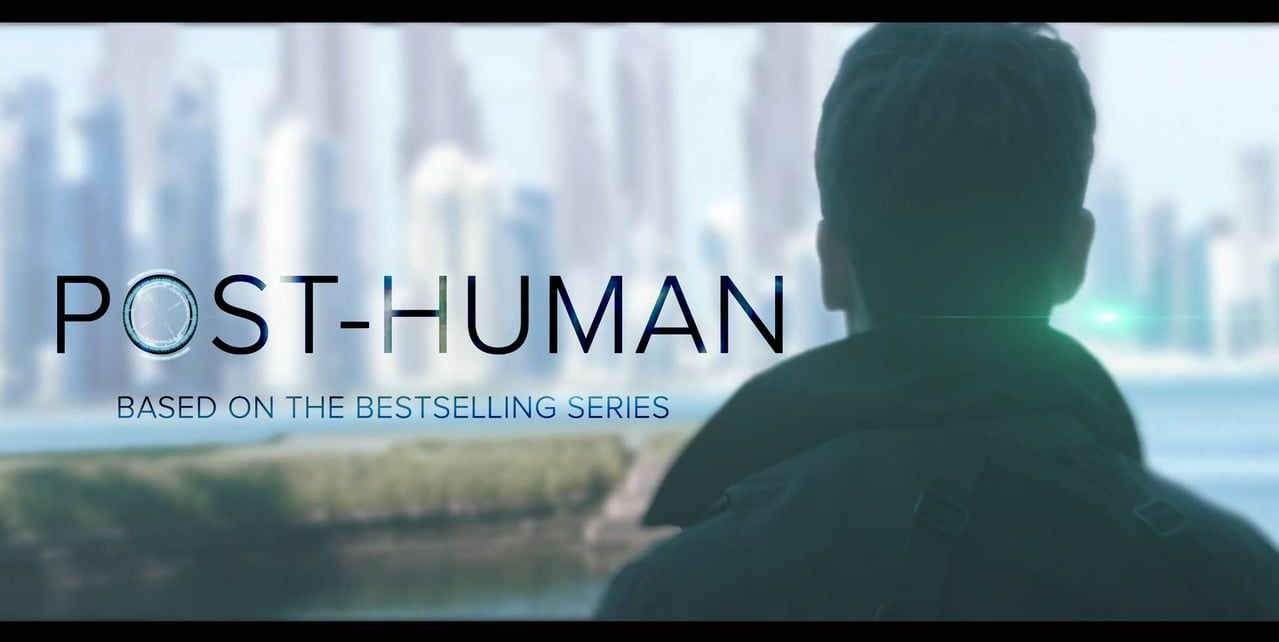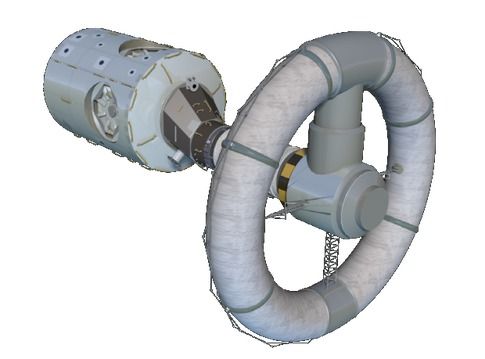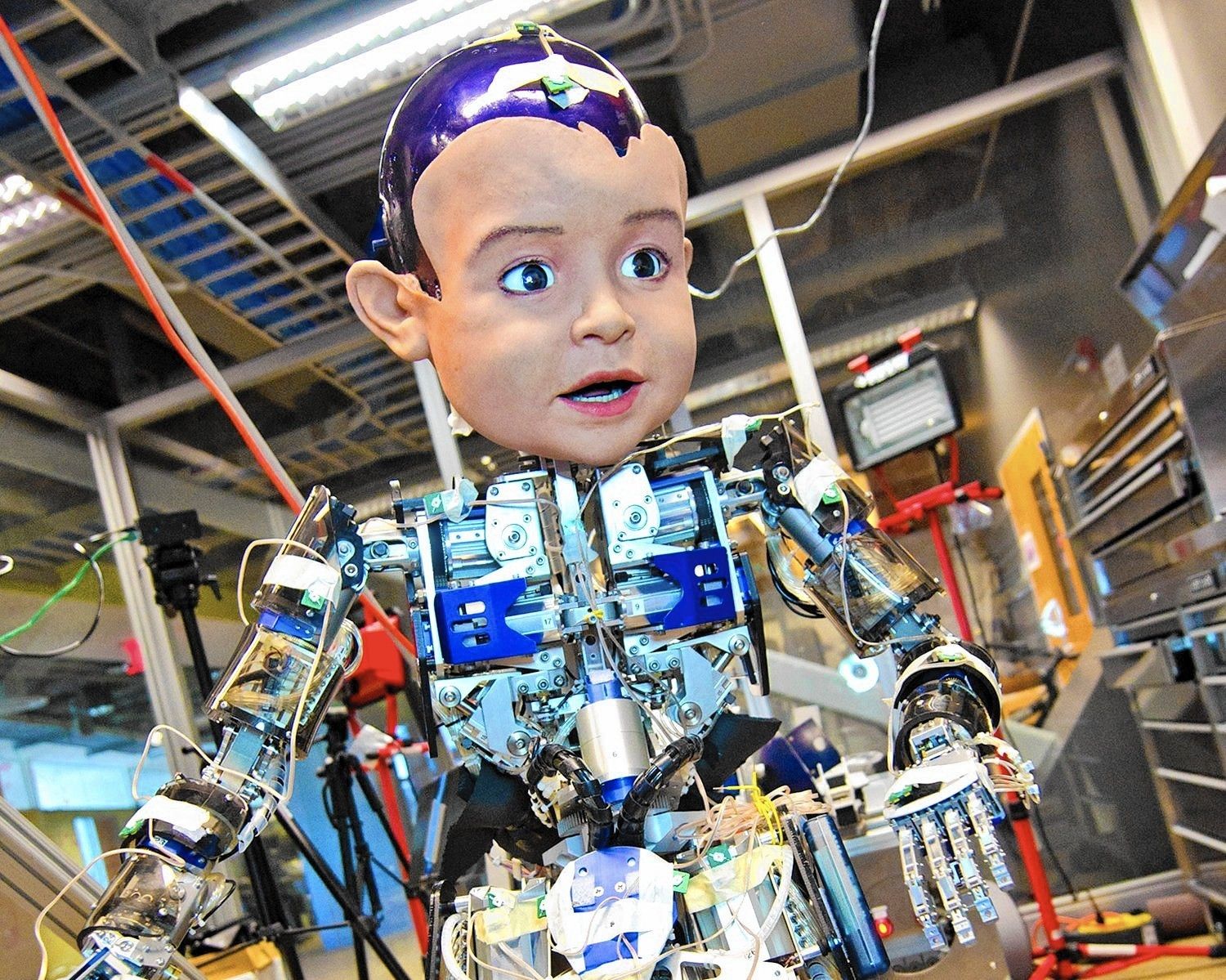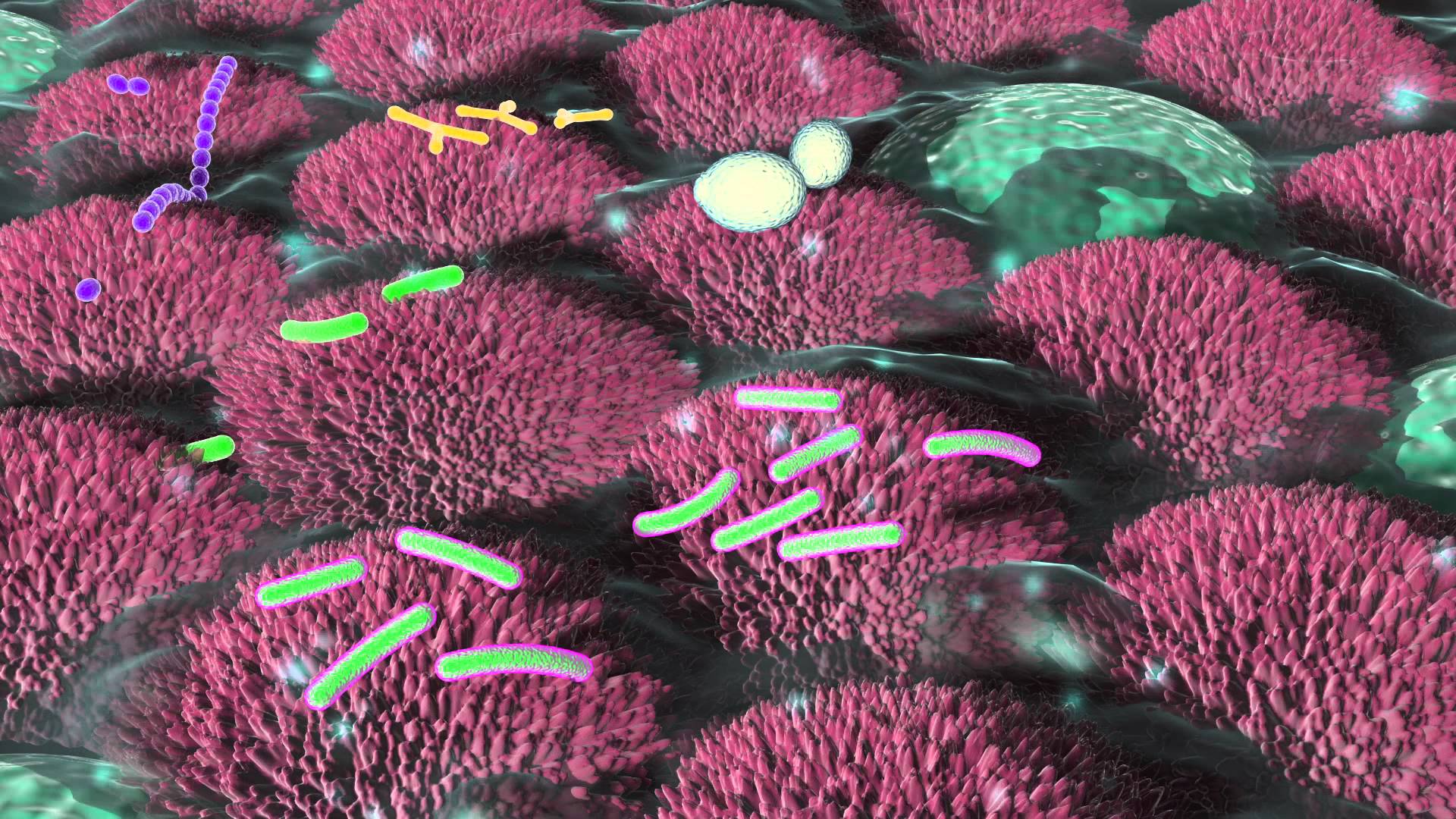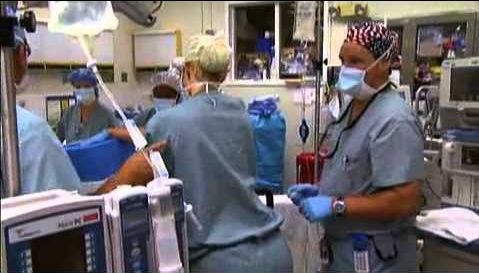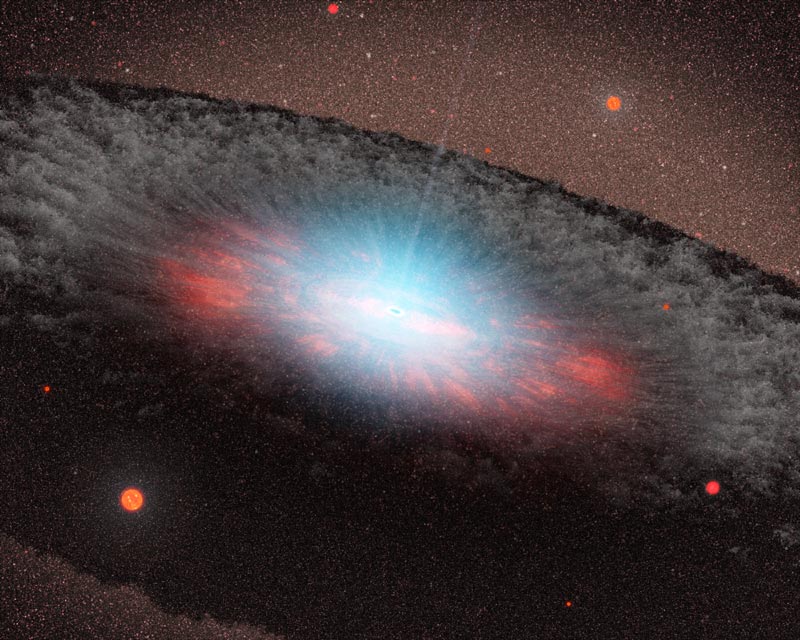Nov 1, 2015
‘Alien Megastructure’ Mystery May Soon Be Solved
Posted by Sean Brazell in category: alien life
The mystery behind a strangely dimming star could soon be solved.
Astronomers around the world are keeping a close eye on the star KIC 8462852, which has dimmed dramatically numerous times over the past few years, dropping in brightness by up to 22 percent. These big dips have spurred speculation that the star may be surrounded by some type of alien megastructure — a hypothesis that will be put to the test if and when KIC 8462852 dims again.
“As long as one of those events occurs again, we should be able to catch it in the act, and then we’ll definitely be able to figure out what we’re seeing,” said Jason Wright, an astronomer at Pennsylvania State University. [13 Ways to Hunt Intelligent Alien Life]


